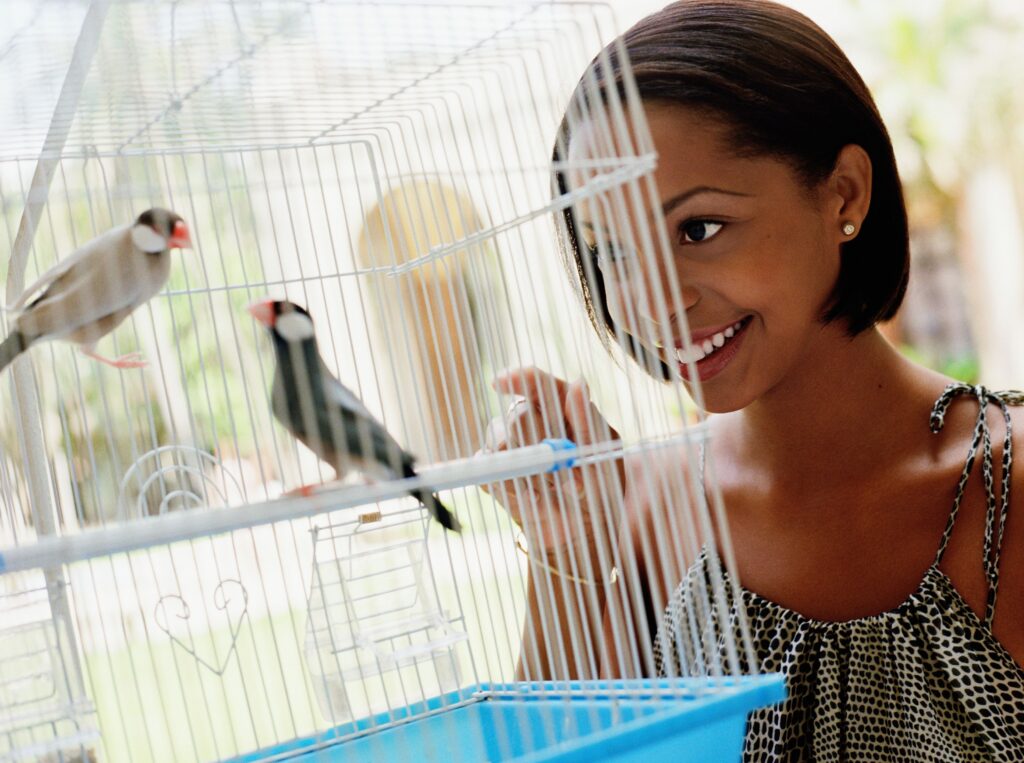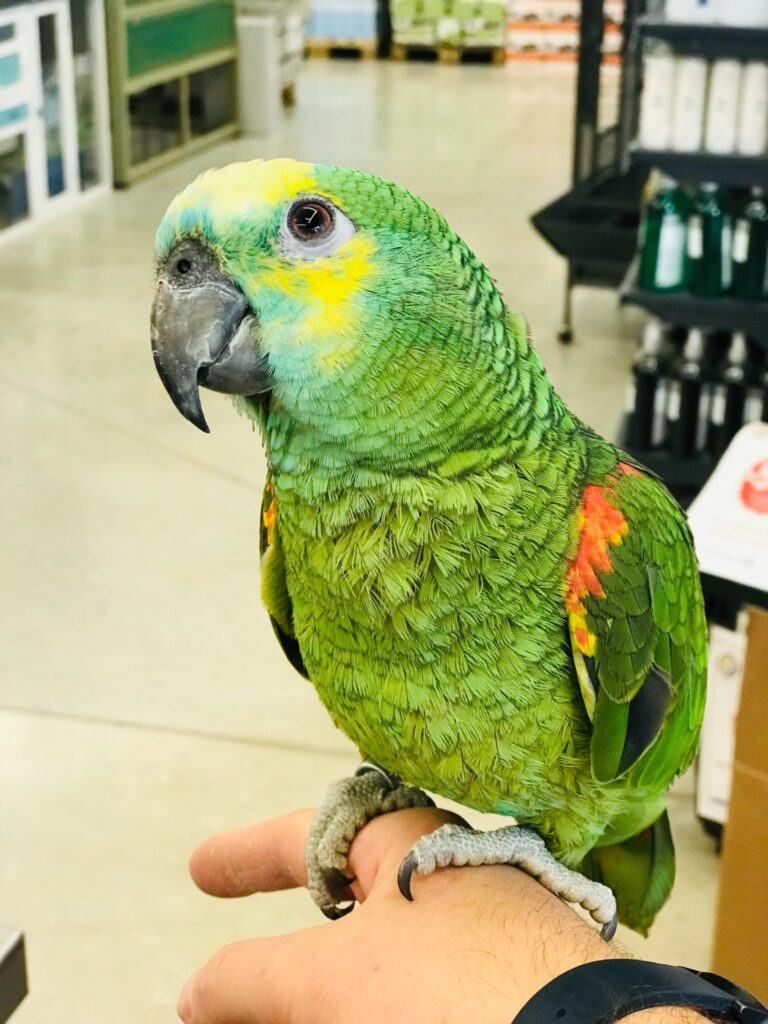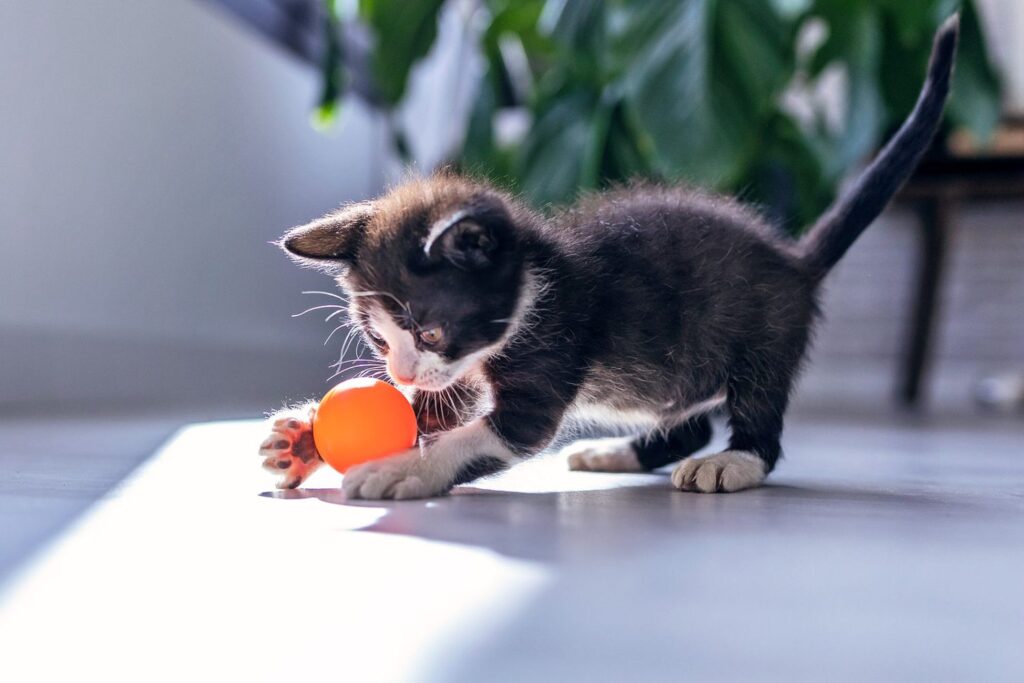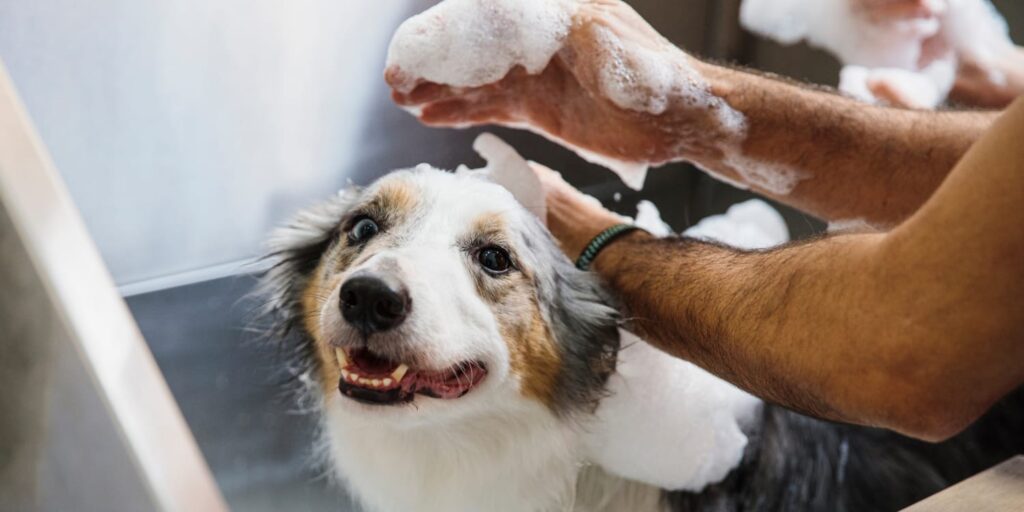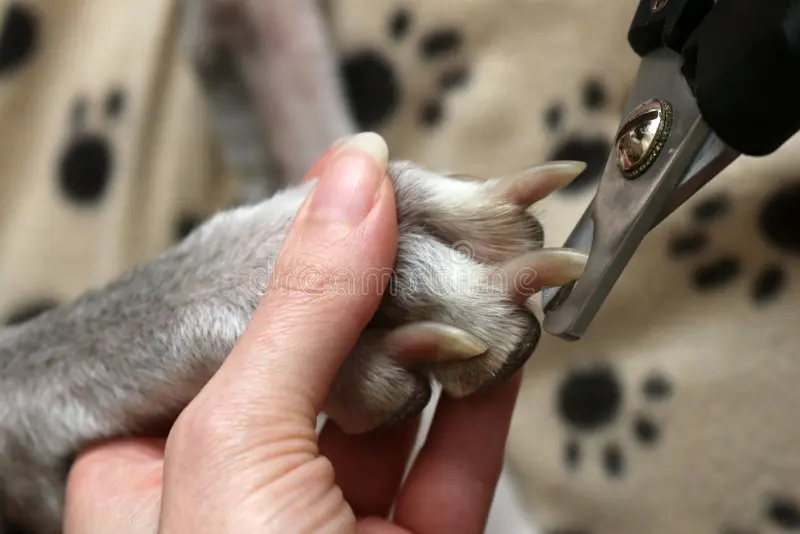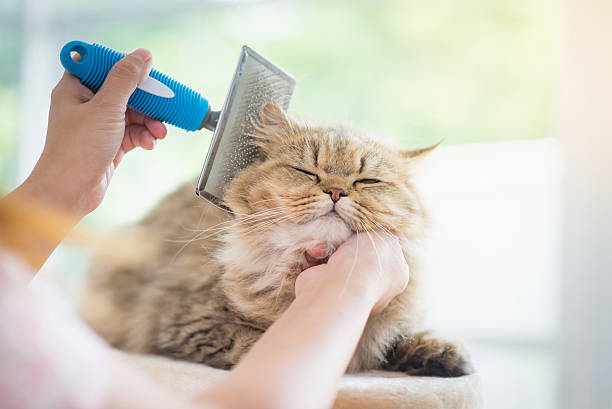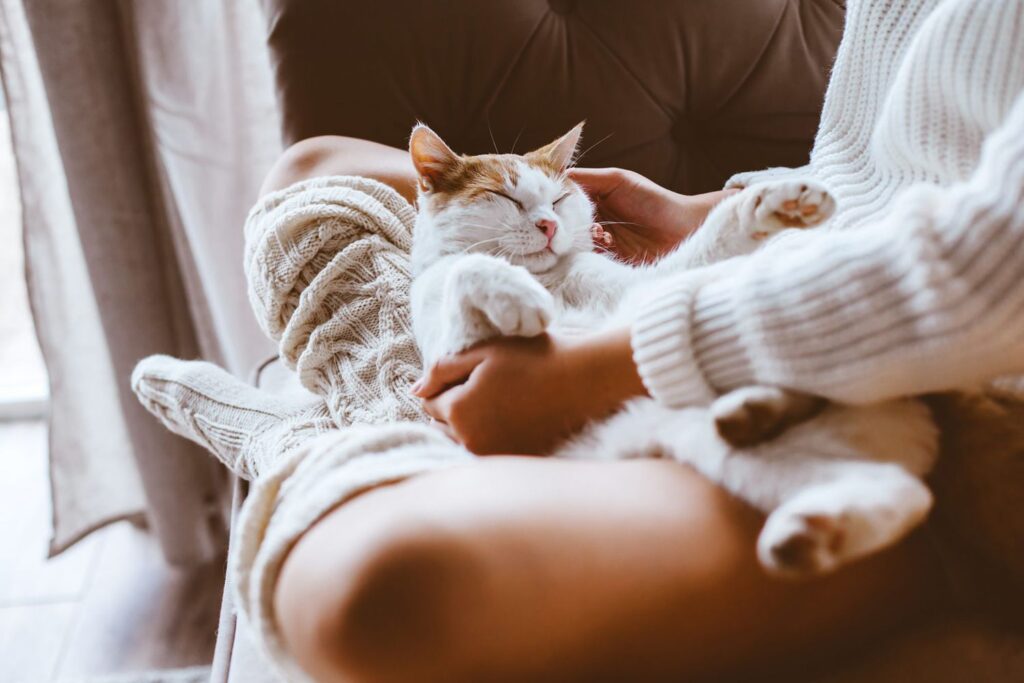Designing the Perfect Indoor Habitat for Your Reptile
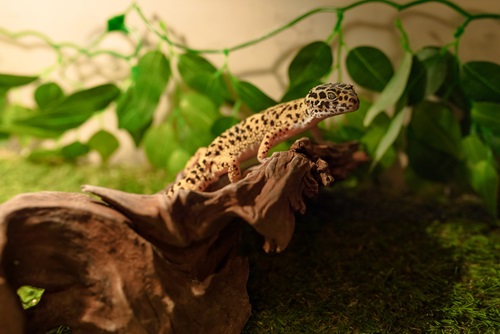
Bringing a reptile into your home is an exciting endeavor that comes with the responsibility of providing a suitable habitat. Crafting the perfect indoor enclosure requires careful consideration to ensure your scaly friend thrives in a comfortable and stimulating environment.
1. Choose the Right Enclosure
Select an enclosure that suits your reptile’s size, species, and specific needs. Different reptiles have varying requirements regarding space, ventilation, and temperature. Consult reliable sources or a reptile expert for guidance on the ideal enclosure.
2. Provide Proper Heating and Lighting
Reptiles are ectothermic, relying on external heat sources to regulate their body temperature. Invest in quality heating elements such as heat lamps or heat mats. Additionally, install UVB lighting to mimic the natural sunlight essential for their well-being.
3. Create a Comfortable Substrate
Choose a substrate that aligns with your reptile’s natural habitat. Substrates like coconut coir, cypress mulch, or reptile carpet offer comfort and mimic the textures they encounter in the wild.
4. Incorporate Hiding Spots and Enrichment
Reptiles appreciate a sense of security. Integrate hiding spots, caves, or branches to create a diverse environment. Add elements for mental stimulation, such as climbing structures and puzzle feeders, to keep your reptile engaged.
5. Maintain Hydration
Provide a water source suitable for your reptile’s species. Some may prefer a shallow dish for soaking, while others benefit from a misting system. Regularly check and replenish water to ensure hydration.
6. Monitor and Control Humidity
Different reptiles thrive in distinct humidity levels. Invest in a hygrometer to measure humidity accurately. Use appropriate substrates and misting techniques to maintain the desired humidity within the enclosure.
Conclusion
Designing the perfect indoor habitat for your reptile involves a thoughtful blend of research, commitment, and a touch of creativity. By prioritizing their specific needs, you’re not just creating a home; you’re providing a sanctuary where your scaly companion can flourish and lead a content, healthy life.
Remember, continuous observation and occasional adjustments to the enclosure will ensure your reptile’s well-being in the long run.
















